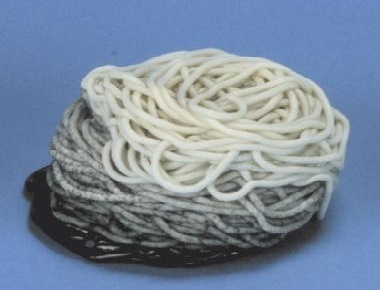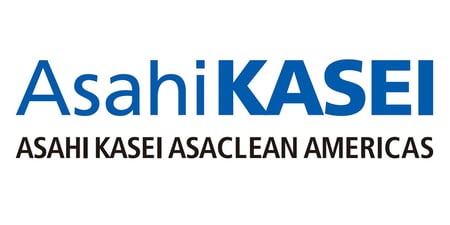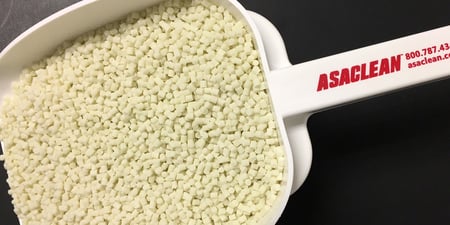%201%20purge%20pile%20-%20Copy.jpg?width=348&name=Photo%202%20(with)%201%20purge%20pile%20-%20Copy.jpg) As plastics processors, we can all relate to the presence of smells associated with producing plastic products. That distinct change in the air, when setting foot onto the shop floor. For visitors, and often times new employees, it can be one of the first things noticed. Some may even point out it seems excessive, among other things. For most, over time, on a daily basis, this becomes something accustomed or gotten used to. As most seasoned processors have come to realize, that odor is the smell of molten plastic, a byproduct of making parts and making money!
As plastics processors, we can all relate to the presence of smells associated with producing plastic products. That distinct change in the air, when setting foot onto the shop floor. For visitors, and often times new employees, it can be one of the first things noticed. Some may even point out it seems excessive, among other things. For most, over time, on a daily basis, this becomes something accustomed or gotten used to. As most seasoned processors have come to realize, that odor is the smell of molten plastic, a byproduct of making parts and making money!
However, there are times when even those who have gotten used to it are reminded again of the air around them. For instance, during a trial with a new type resin or perhaps when dealing with a process related issue that can result in purges piling up fast. A couple examples, where that smell of molten plastic can seemingly get somewhat excessive all over again, no matter how seasoned you’ve become.
A simple tool and technique to minimize this shop floor odor involves something as readily available as an empty 5-gallon bucket, or perhaps that broken returnable tote collecting dust in the warehouse. Any similar and suitable sized type of container will do! If you want to take it a step further, a wheeled cart with the container attached would be a convenient, well thought out tool to use. Whatever you have available, by filling it with some water, you now have an effective way to contain those smoldering piles of purge.
Placing the purge into the water will stop the further release of VOC’s. These are the gasses that are released while the plastic is molten, creating that distinct odor in the shop floor air. Almost immediately, you will have a skinned over pile of molten plastic, now more rapidly cooling, as it returns to an inert solid state. No more smoke or fumes, the resultant smell has been minimized quickly!
As always, caution needs to be taken when handling any form of molten plastic. Proper PPE, such as a face shield, and a layer of thermal protection for exposed extremities need to be used. Tools such as a brass poker rod or similar are also helpful when moving a purge pile from the pan, floor or elsewhere.
Keep in mind, a water filled container is not a suitable replacement for good localized ventilation near the nozzle of the process equipment. Further, supported with adequate ductwork throughout and capable of exhausting those fumes outside of working areas. Consider this only as an additional procedure to use, in support of good overall industrial hygiene practices throughout the plant.
In closing, I’d like to add, prior to processing for any plastic materials, always review the SDS, and material manufacturers processing guidelines. Importantly, carefully review and adhere to the recommended process temperature range.
Ready to reduce your production downtime to protect your profits? Learn more about how purging compounds and process efficiency work in tandem.







Comments